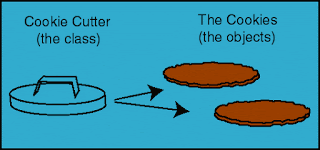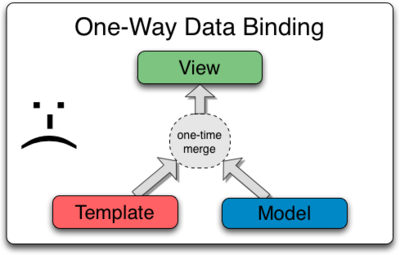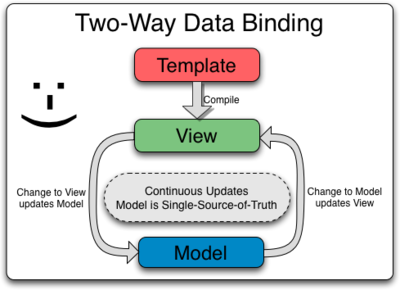In other way function can be created without function name,
Javascript nomal function(with name) will be created using function declaration
But, Anonymous function uses function operator.
Here’s a example of a ordinary function:
- function abc()
- {
- alert("Created by function declaration");
- }
- abc();
Here’s the same example created as an anonymous function:
- var abc = function()
- {
- alert("Created by function operator");
- }
- abc();











